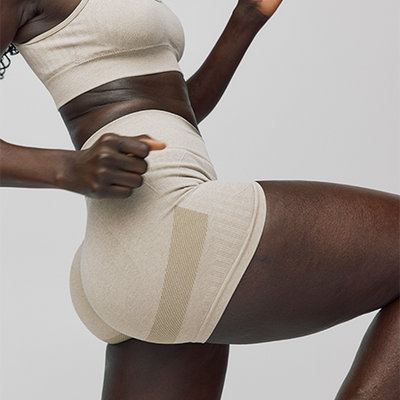

Defining Your Cervix
The question may or may not have crossed your mind but it crossed ours… how does one find their cervix? But before we start there, let’s start by re-hashing what and where your cervix is.
Your cervix is at the bottom of your uterus and is shaped like a tiny donut, but rather than dough, it’s made up of strong muscles. The cervix is what allows your menstrual flow to travel from your uterus into the vagina, and then into your DivaCup.
Get to Know Your Cervix
Most go throughout their days not even thinking about their cervix, but take it from us, your cervix goes through quite a lot of changes during your cycle so it’s worth an introduction. It changes textures throughout your cycle, so if you’re curious, getting to know them is easier than you think.
All you have to do is thoroughly wash your hands and then insert your middle finger into your vagina until your middle knuckle is flush with the opening. Some may have to insert further, this just means you may have a longer introduction. You should be able to find your cervix anywhere from 3-6 inches inside the vaginal opening.
Small PSA for those that have Instagram-worthy nails: Please be careful when getting to know your cervix, as you want to make sure you don’t scratch the inside of your vaginal wall.
Whether you use a period tracking app, or you go with the flow (no pun intended), depending on where you are in your cycle, you may notice that your cervix is softer during and before ovulation, and not so soft afterwards. You may also notice that your cervix sits lower during your period.
Your Cervix and the DivaCup
For most, your cervix and the DivaCup never get too close, so keep in mind that they can be friends by association, but not besties that go everywhere together. The DivaCup is designed to sit low at the base of the vaginal canal, pointed towards the tailbone, away from the cervix. Having trouble imagining how this works? Check out our how to video.
If you find that your cervix sits lower and you want to make sure it can still be distant friends with the DivaCup, it’s important to know that many people with a low cervix find great success with the DivaCup, since it’s designed to sit low. If you have any questions about the DivaCup and your cervix, our Consumer Support Team can walk you through it and answer any questions you have. They can be reached at support@divacup.com.
Having a low cervix is often common after multiple births, and can occur naturally as we age. We have found insights and support from pelvic health physiotherapists to be incredibly helpful as they are experts in the area of the pelvic floor. Be sure to check out our pelvic health blog post to learn more. If you have an IUD and are concerned about the DivaCup interfering with the IUD’s strings from the cervix, we have a blog post with some helpful advice, check it out.
Disclaimer: The content of this blog is based on research and information available at the time of writing. As new research is made available, we will work to update and adjust our content as appropriate. If you have general questions, or concerns related to your own individual circumstances, please contact our Consumer Experience Team, or speak to a healthcare practitioner for more specific questions about your individual circumstances.





















